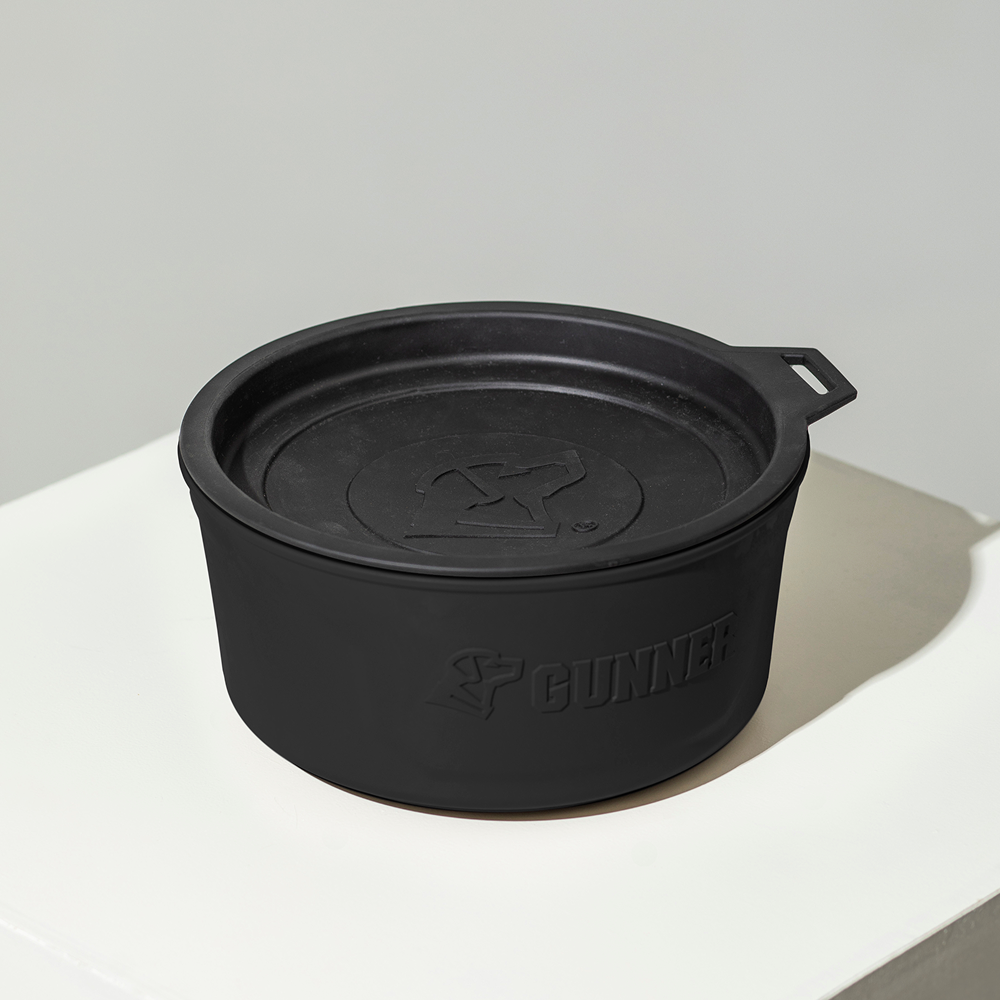In Pursuit of the Cinnamon Teal
This is part of the second Flyway Series™ release from GUNNER, which features limited-edition colors that draw inspiration from North Americans iconic flyways.
This year's limited-edition collection is inspired by Los Banos and California’s vast grasslands – and specifically, the Cinnamon Teal that can be found year-round in the historic San Joaquin River basin of the Central Valley. Kennel up for the season, sign up to grab the exclusive color while it lasts.
If you spend any amount of time with a waterfowl hunter, you’ll almost certainly exchange a few dream hunts you’d love to take part in – exchanging where you’d go and which birds are yet to be checked off your bucket list. One of those coveted birds that always seems to make the list is the Cinnamon Teal (Spatula cyanoptera)—the toughest sub-species of Teal to bag, following its Blue and Green-winged brothers.

Cinnamons are among the least abundant dabbling ducks in North America, as their breeding populations are only estimated to range from 100,000-300,000. The Central Valley of California, however, is one of a few select places they are found year-round and is a key staging area ahead of their annual migration, leading to a higher concentration of the red rockets.
The Cinnamon Teal is one of the most striking birds you can find in a swampy marsh. Their deep rusty red-plumage, piercing red eyes, and black beak strike a prominent relief to the flat blues, browns, and tans of the grasslands. Their call sounds like a low, short rattling noise. Like the majority of the avian kingdom, their female counterparts flaunt a more dreary brown color, almost like a hen mallard, with a long black bill and their call is a very short and rushed quack.

The Cinnamon Teal is an omnivorous, dabbling duck that typically spends its time hunting for food on or slightly below the surface. Since they have a small body and legs made for slow paddling, they cannot chase after their prey, so they eat small bugs and various seeds and aquatic vegetation that is lying around.
During their fall breeding season, the males' plumage is vibrant and stunning. They court a female, breed and then protect her and the nest from various intruders during the ~21-25 day incubation period.
Because of their flight pattern within the pacific flyway, they’ve struggled with loss of habitat and being highly susceptible to different contaminants used in current agricultural practices. Since the Cinnamon Teal flies south to winter in warm, wet agriculture fields and mangroves, it’s easy to see why their species has been slowly declining since 1968. With the changing climates, decrease in ideal habitat and wildfires, the Audubon Society suggests that the Cinnamon Teal’s breeding grounds are in danger.
The Best Place to Hunt Cinnamon Teal

If you’re looking to hunt one of these red-eyed, rusty birds, you may want to consider visiting the Los Banos Wildlife Area in California. With 6200+ acres of meticulously managed land and freshwater swamp, many duck hunters flock to Los Banos from late fall through early winter, when the cold-weather plumage takes on its most drastic hue.
Much like the Blue and Green-winged Teal, Cinnamons fly in a tight flock that looks more like a swarm of birds, buzzing over the decoys. They bob and dart so quickly, it almost seems like the group moves in unison. If you happen to find a group of teal screaming through the marsh, it’s not uncommon to have a mix of all multiple species in one flight, especially in Central Valley of California.
Hunting the Cinnamon Teal is an absolute treat, whether you encounter one bird or a hundred. Los Banos and the San Joaquin River Basin should be on the destination list for any avid waterfowler.

Photo courtesy of Jennifer Barton
How to Cook the Cinnamon Teal
One of our #GunnerEffect21 Finalists, Jennifer Barton, happens to frequent Los Banos during waterfowl season, and has taken her fair share of Teal. She and her fiancé took the time to share their preferred recipe for Stuffed Teal with Black Bean & Cornbread Dressing with us. She made sure to note that, while Cinnamon Teal share many traits with their Blue-wing and Green-wing brethren, they do not share the same excellent flavor. Thus, the typical fate of her Cinnamons is a homemade spicy chorizo.






















































